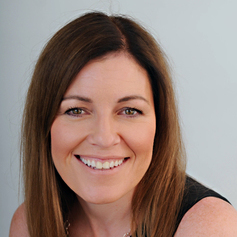BLOG
Overpaid PAYE and how to get it back
 There are various reasons why a PAYE overpayment may arise.This can happen simply because an error was made when paying PAYE and too much was paid or a payment was made twice. An overpayment may also arise where an employer has recovered a statutory payment or where the employer forgot to deduct the employment allowance to which they were entitled when making the payment to HMRC.
There are various reasons why a PAYE overpayment may arise.This can happen simply because an error was made when paying PAYE and too much was paid or a payment was made twice. An overpayment may also arise where an employer has recovered a statutory payment or where the employer forgot to deduct the employment allowance to which they were entitled when making the payment to HMRC.
Where the PAYE account appears to be in credit, the first step to getting a refund is to establish why the overpayment has arisen and to check that it is not simply due to an error in the FPS or the EPS. Where the FPS or EPS is wrong, the error should be corrected by submitting an amended FPS or EPS, as appropriate.
Overpayment in current tax year
Where the overpayment relates to the current tax year, getting a refund is straightforward in that the amount by which the PAYE account is in credit can simply be deducted from subsequent payments to HMRC in the same tax year, until everything is square again.
Overpayment relates to a previous tax year
Things become somewhat more complicated where the PAYE overpayment relates to a previous tax year, not least because HMRC are reluctant to accept an overpayment is genuine. Where the overpayment is more than £500, HMRC require an acceptable explanation as to why it arose before they will consider repaying or reallocating it. It is therefore vital to identify why the overpayment arose and provide evidence to support the explanation.
Claiming a refund
Employers seeking a refund for a PAYE overpayment in a previous tax year need to make a claim, either by calling the Employer Helpline on 0300 200 3200 or writing to HMRC at the following address:
National Insurance Contributions and Employers Office
HM Revenue and Customs
BX9 1BX
The following information should be provided:
- business name and address;
- PAYE reference;
- contact telephone number;
- amount overpaid for each tax year for which a claim is made;
- tax month in which the overpayment arose (if possible);
- for each year for which a claim is made, why you overpaid; and
- whether this overpayment has been claimed before.
However, it should be noted that HMRC will allocate the overpayment against any PAYE owing for the current or other earlier years before making a refund. They will also set it against any other tax that may be owing, such as any outstanding corporation tax, before making a repayment.
Once they are satisfied that the repayment is due, it will be made directly to the employer’s bank account if an EPS containing bank details has been submitted.
Read more of Inform's tax blogs:






.jpg?width=1500&height=1000&name=amy-hirschi-K0c8ko3e6AA-unsplash-(5).jpg)

